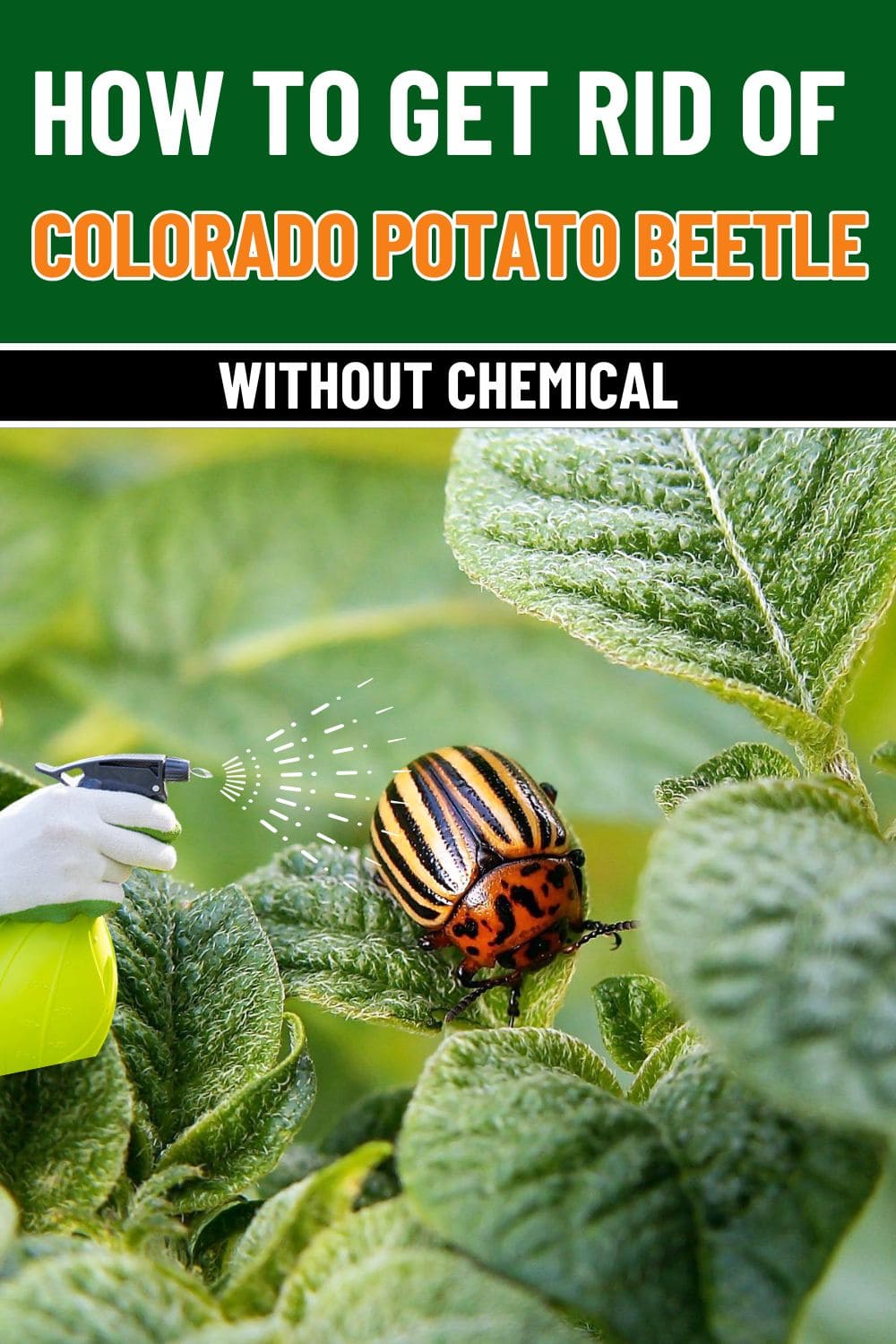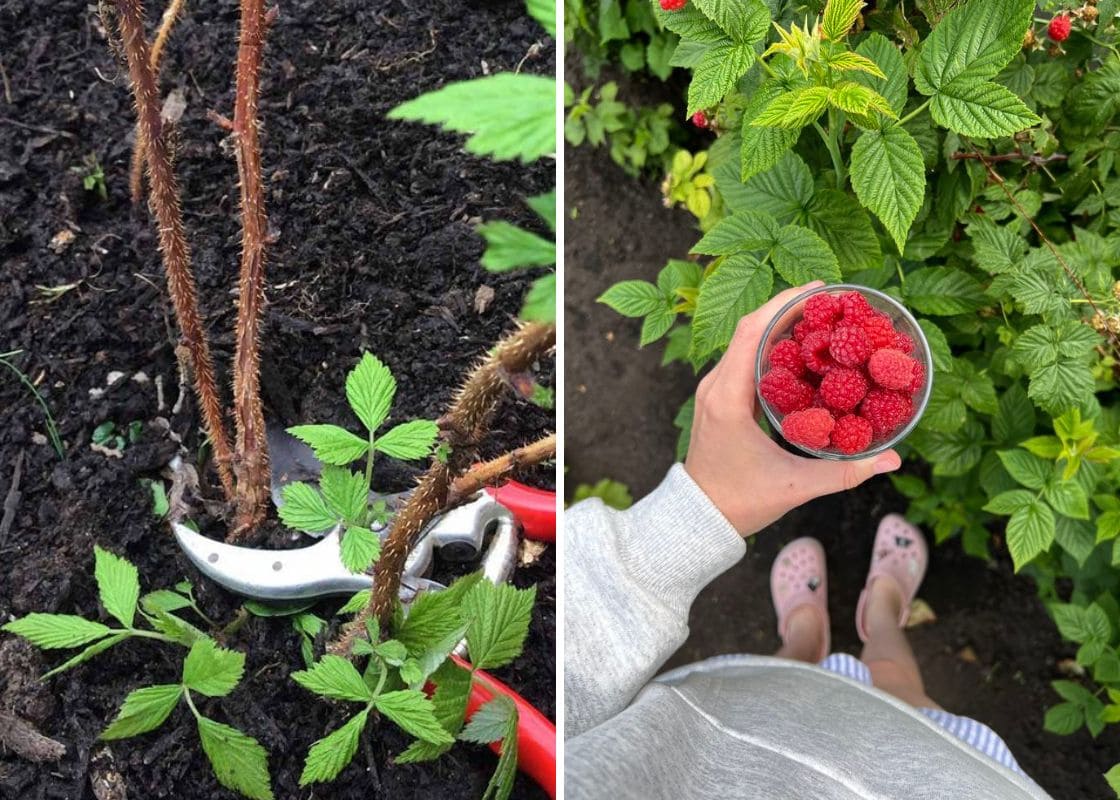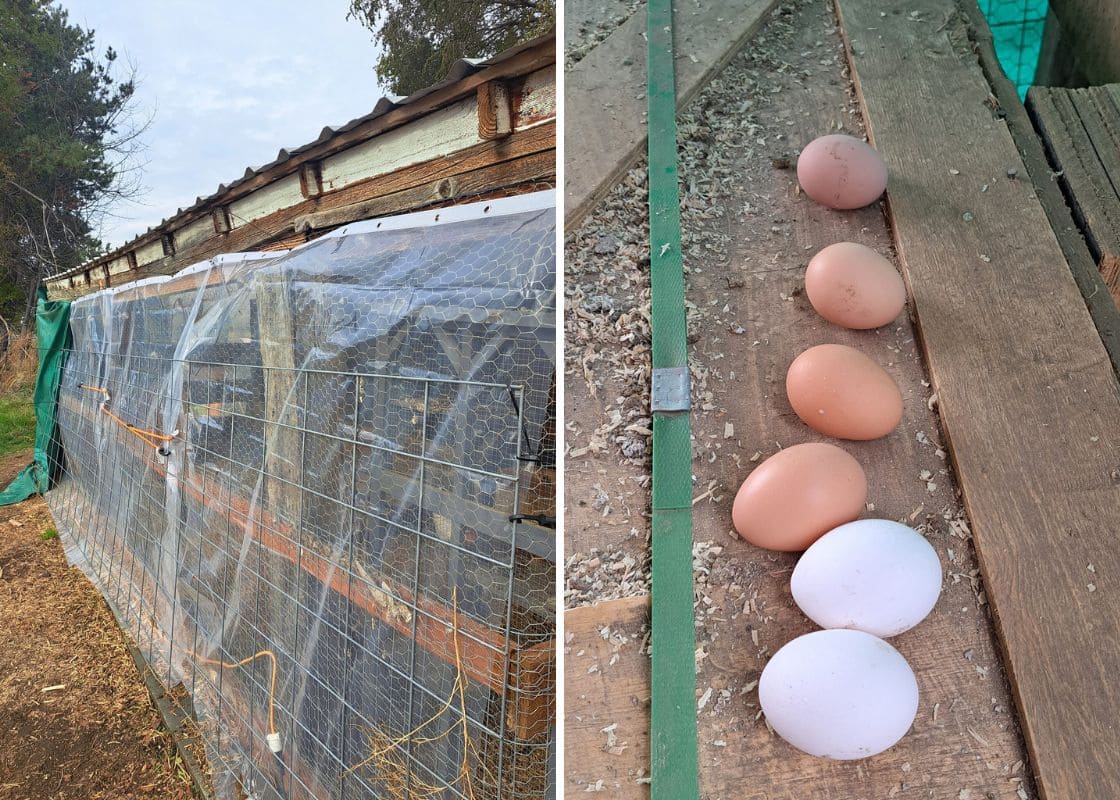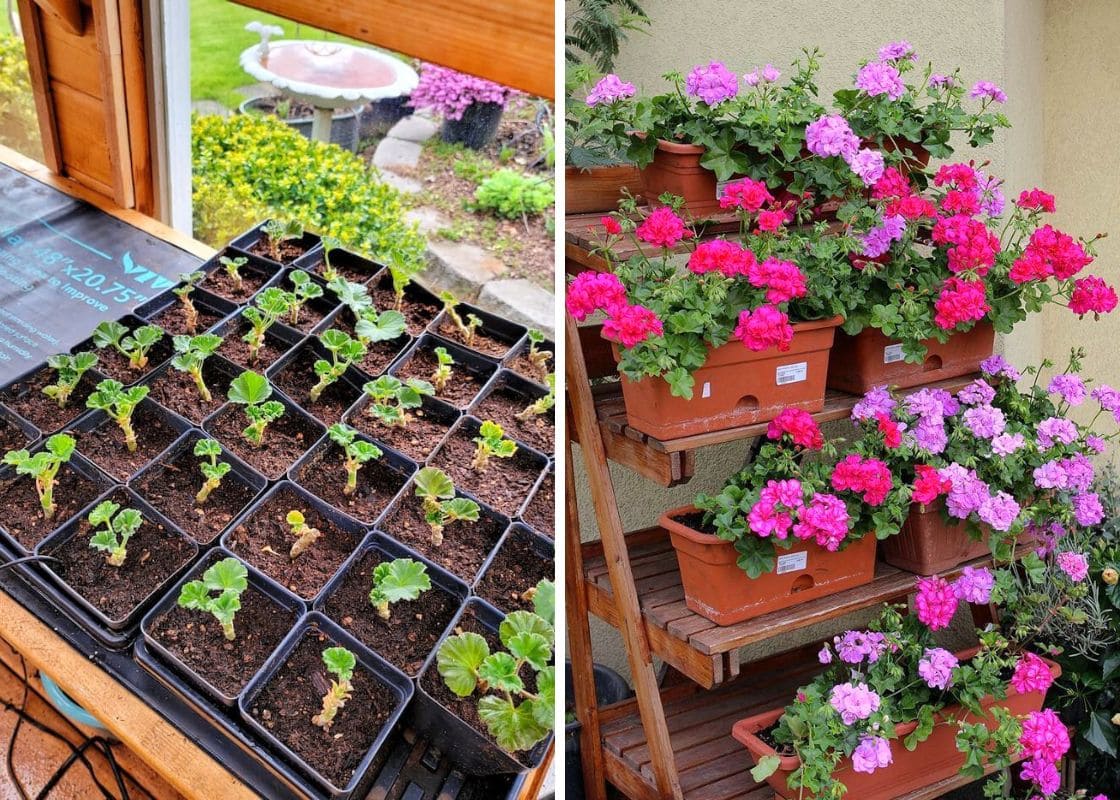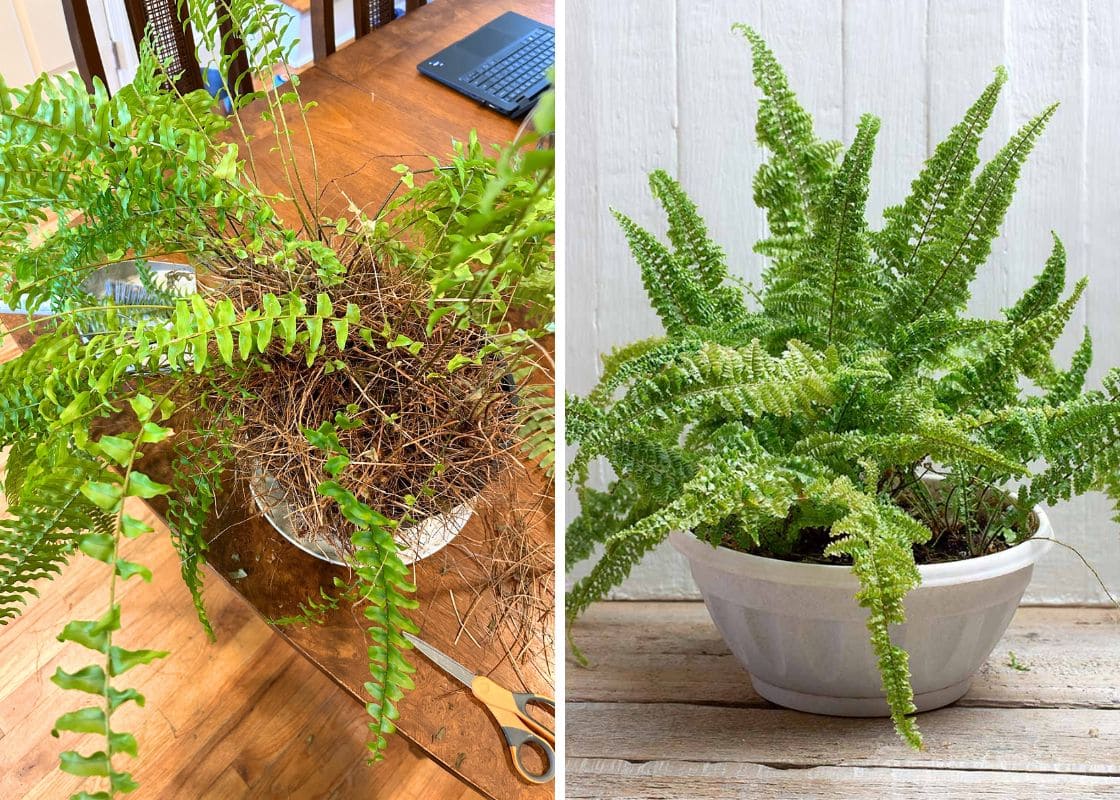If you’ve ever grown potatoes, eggplants, or tomatoes, you’ve likely come face-to-face with one of the most persistent pests in the garden – the Colorado potato beetle (Leptinotarsa decemlineata).
These striped little troublemakers can destroy a potato crop in no time, munching through leaves and leaving plants weak and stunted. I’ve dealt with them for years, and trust me, relying on chemical pesticides is not the only solution.
In fact, I’ve found that natural, hands-on methods work just as well – if not better – while keeping my garden safe for pollinators, pets, and people.
Understanding the Colorado Potato Beetle
Before you can fight the Colorado potato beetle effectively, you need to understand its life cycle.
- Eggs: The beetles lay bright orange-yellow eggs in clusters on the undersides of leaves. These hatch in about 4-9 days.
- Larvae: The newly hatched larvae are reddish with black heads and eat voraciously. As they grow, they develop black spots along their sides. This stage lasts about 2-3 weeks, during which they can do the most damage.
- Pupae: After feeding, the larvae drop into the soil to pupate for 5-10 days before emerging as adult beetles.
- Adults: The mature beetles are easy to recognize by their yellowish-orange bodies with ten distinct black stripes on their backs. They overwinter in the soil and emerge in spring, ready to lay eggs and start the cycle again.
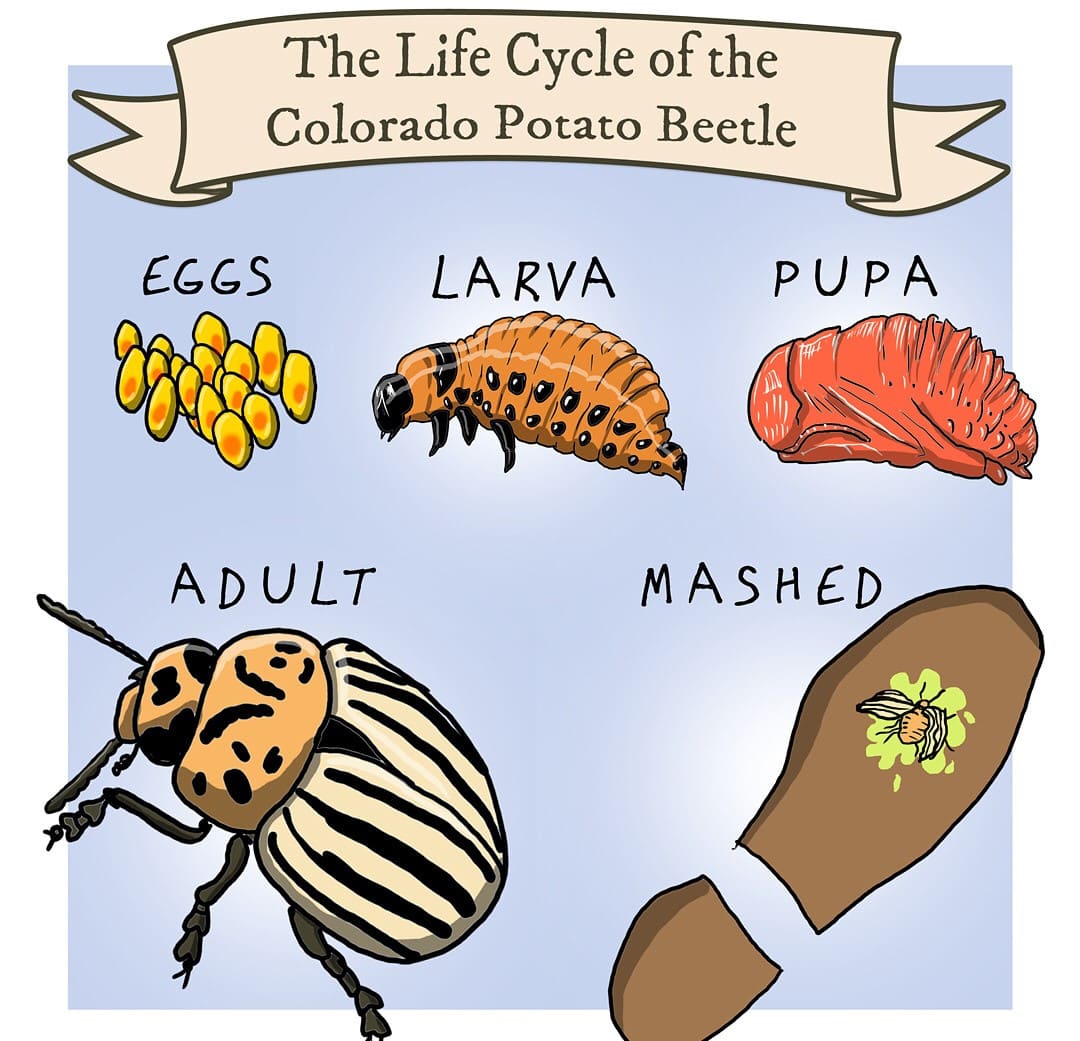
6 Methods to Get Rid of the Colorado Potato Beetle
#1. Handpicking: The Most Effective and Simple Method
Yes, it might sound tedious, but believe me, handpicking is one of the most effective ways to control Colorado potato beetles. I make it a habit to walk through my garden every morning and inspect my potato plants for any signs of beetles or eggs.
Firstly, I check the undersides of leaves. This is where the eggs are hidden. When I find them, I simply rub them off with my fingers or scrape them into a jar of soapy water.
Next, if I see any beetles or larvae, I pick them off and drop them into a container filled with soapy water, which kills them quickly.
I know it’s a hands-on approach, but I can tell you firsthand that it really works when done regularly.
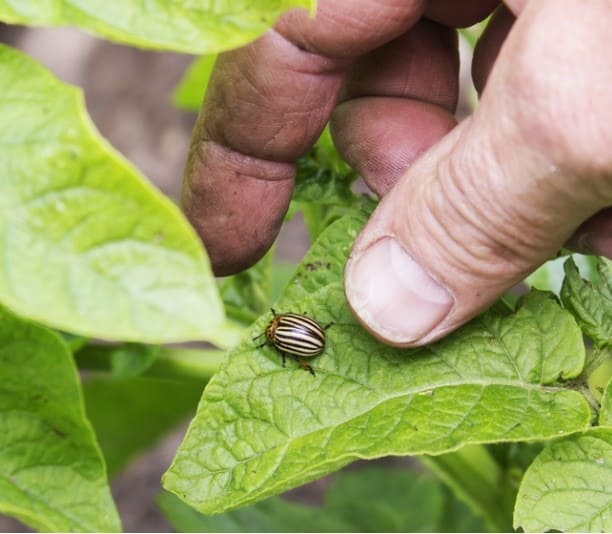
#2. Mulching to Stop Beetles from Emerging
Another trick I’ve found useful is mulching heavily around potato plants. Since adult beetles overwinter in the soil and emerge in spring, a thick layer of mulch can make it harder for them to surface and start laying eggs.
I usually use:
- Straw or hay mulch (at least 3-4 inches thick)
- Wood chips or shredded leaves
- Grass clippings or compost
This not only keeps beetles from emerging but also helps retain moisture and suppress weeds, making it a win-win for the garden.
#3. Crop Rotation: Confuse and Starve the Beetles
Colorado potato beetles are creatures of habit, they return to the same spot every year looking for food. By rotating your crops, you can throw them off and make it harder for them to find their favorite meal.
Instead of planting potatoes in the same spot each year, I switch them with crops like beans, onions, or brassicas (cabbage, kale, broccoli), which the beetles don’t like.

#4. Introducing Natural Predators: Let Nature Do the Work
Colorado potato beetles have plenty of natural enemies, and if you encourage them in your garden, they can keep beetle populations in check. These beneficial insects include:
- Ladybugs – These cute little beetles eat beetle eggs and young larvae.
- Lacewing larvae – Also called “aphid lions,” they devour soft-bodied larvae.
- Spined soldier bugs – These tough predators love to eat Colorado potato beetle larvae.
- Parasitic wasps – Tiny but mighty, these wasps lay eggs inside beetle larvae, effectively stopping them from maturing.
I make sure to plant flowers like dill, fennel, marigolds, and yarrow to attract these helpful predators. It’s a natural way to restore balance in the garden.
#5. Using Row Covers to Block Beetles
If you want to stop beetles before they even get a chance to lay eggs, row covers are a fantastic solution. I use lightweight floating row covers to protect young plants in the early season.
The covers allow sunlight and water to reach the plants but act as a physical barrier against beetles. They work best if placed right after planting so that beetles don’t get inside before you cover the plants.
Once my plants start flowering and need pollination, I remove the covers to allow bees access. This method is especially useful if you’ve had severe beetle problems in past years.
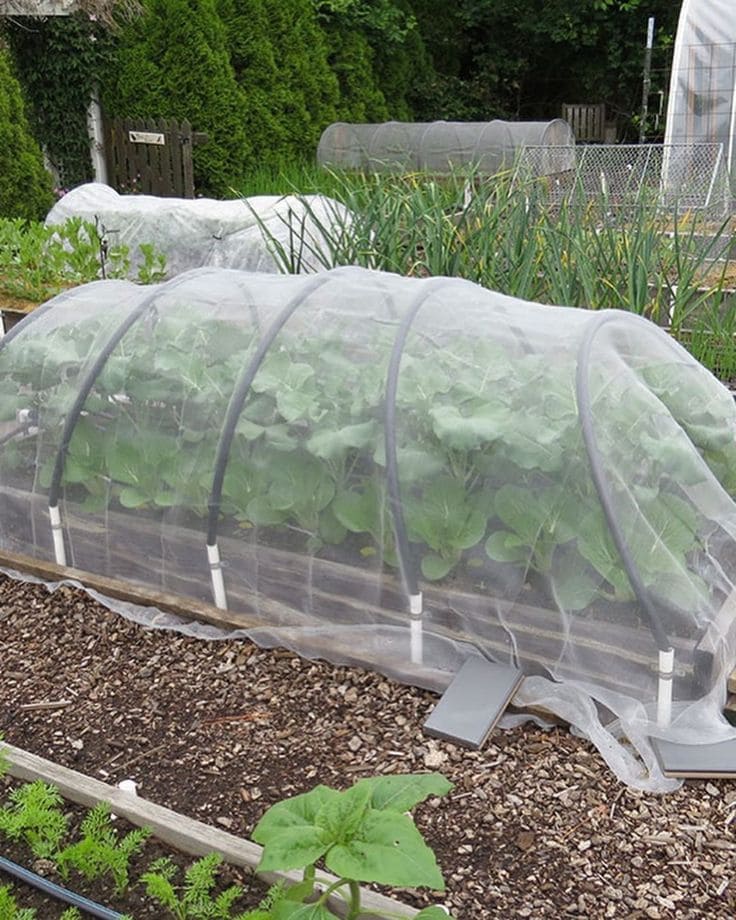
#6. Homemade Natural Sprays to Repel Beetles
While I avoid chemical pesticides, I do like to use natural sprays that help deter beetles. Here are two sprays I’ve used successfully:
1. Neem Oil Spray
Neem oil disrupts the beetle’s life cycle and prevents eggs from hatching. I mix:
- 2 teaspoons of neem oil
- 1 teaspoon of liquid soap
- 1 liter of water
I spray this mixture directly on the beetles, larvae, and leaves, repeating every few days.
2. Garlic and Pepper Spray
Beetles hate strong smells, so I make a simple repellent using:
- 3 cloves of garlic, crushed
- 2 hot peppers, blended
- 1 liter of water
- A few drops of dish soap
After straining, I spray this onto the plants to deter beetles naturally.
